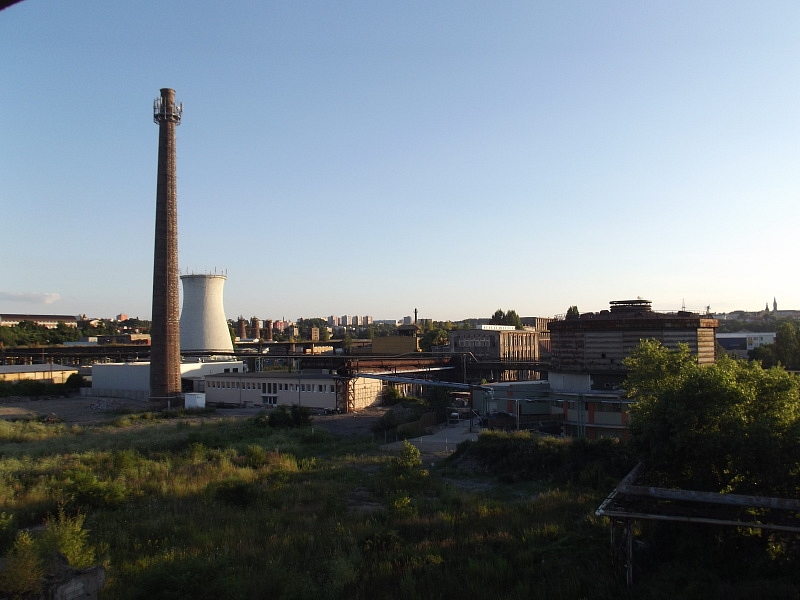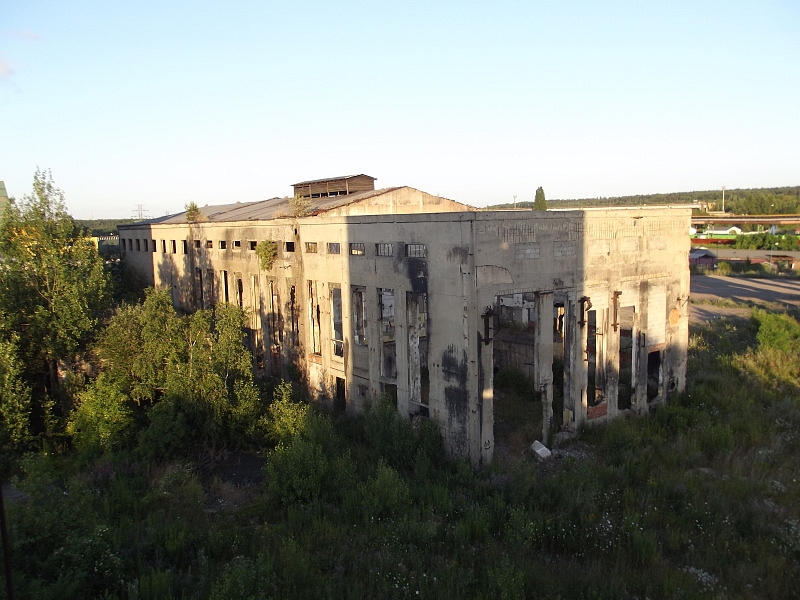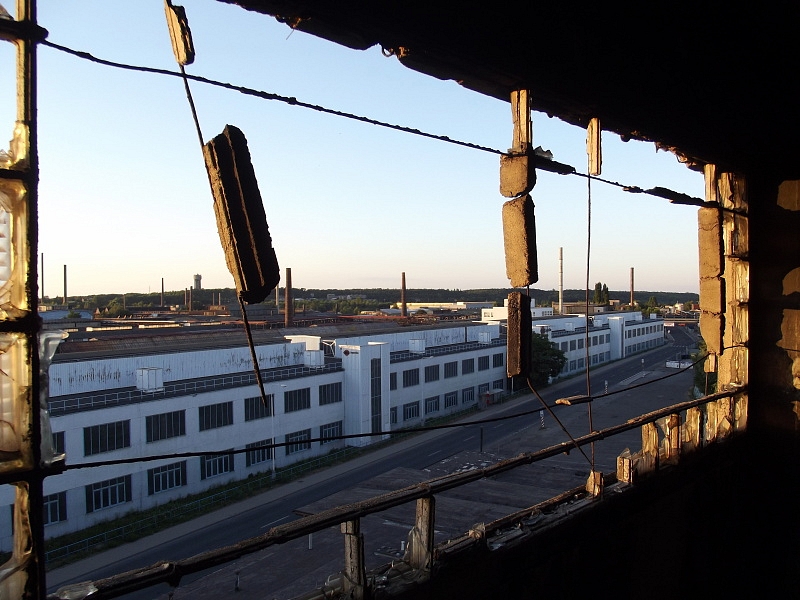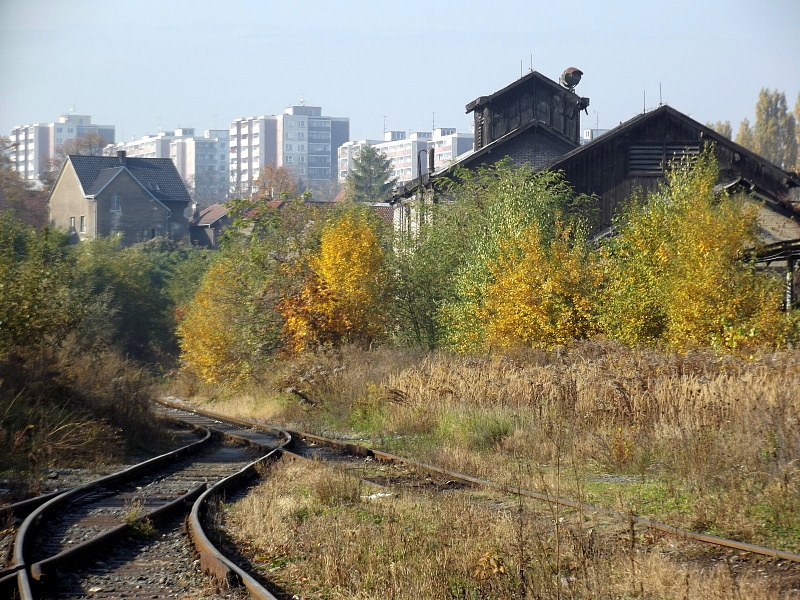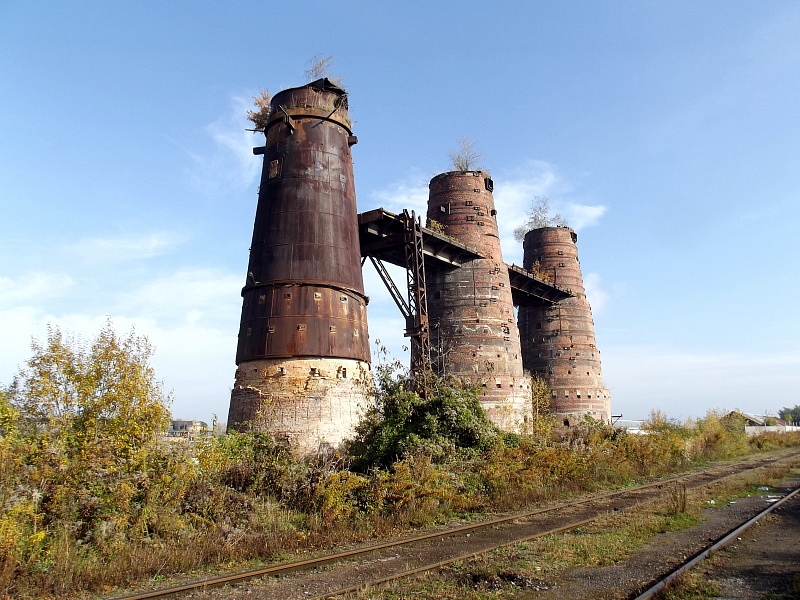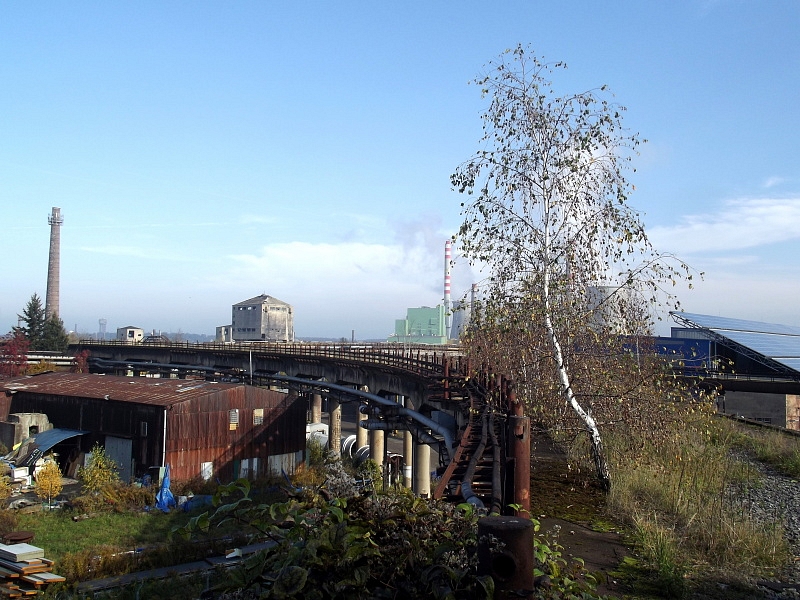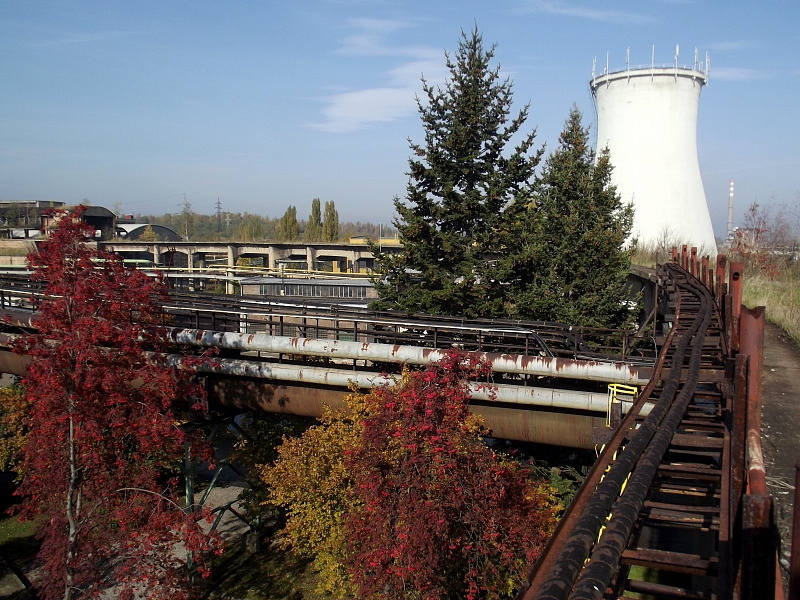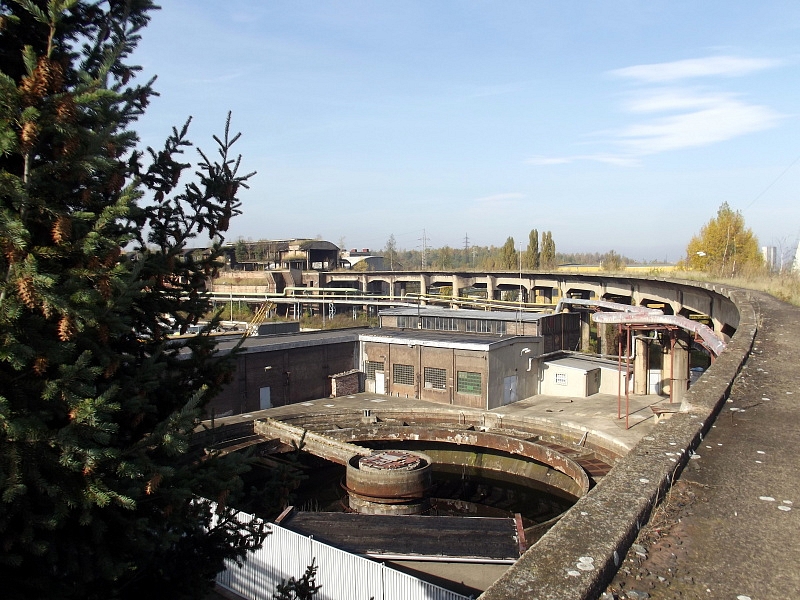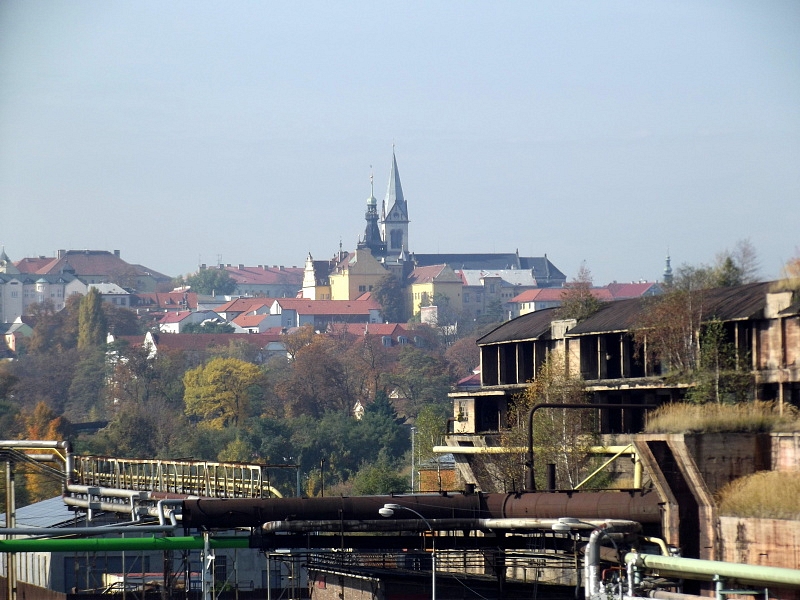Industrial trail - Koněv Kladno
If you are an admirer of technical monuments, you should not miss the Industrial trail in Kladno. SONP Kladno, or if you want Poldovka, was a factory that positively and negatively affected the western part of the Central Bohemian region. Before 1989, it employed around 20,000 people in its operations.
Information for visitors
Interesting facts Industrial trail - Koněv Kladno
The history of the Kladno ironworks dates back to 1854, when the Vojtěšská huť was founded. A little later, a rolling mill and a bridge mill were established. In 1881, for example, the roof structure of the National Theater was made here. In 1889, the industrialist Karl Wittgenstein founded a steelworks in the neighborhood and named it after his wife Leopolda - Poldi. In the 1950s, Vojtěšská huť was renamed Koněv. Both plants were nationalized, merged and renamed the United Steelworks National Enterprise Kladno. Mrs. Leopolda's profile persisted in the race emblem.
The smelting of iron ore in blast furnaces, ending with a "tap", marked the town with the nickname "red Kladno". The heat and reflection of molten iron discharged from blast furnaces painted the sky red. The quality of Kladno steel was the "family silver" of our country. It is used, for example, on the gigantic Harbor Bridge in Sydney. During its existence, steel mills experienced the production of main guns, aircraft shafts, food tanks, surgical instruments, joint replacements and other final products.
After 1989, Poldovka found itself in decline for various reasons. At present, several companies of various specializations are located in the Koněva complex. The Poldi smelter was sold.
You could write about this, once a mammoth race, for a long time. Official information is relatively easy for fans of technical matters to find. So perhaps just a few beads from metallurgical slang: a rolling mill (rolling mill), a rolling mill (first rolling mill), a forverk (rolling mill), a white bricklayer (bricklayers who repaired the lining of blast furnaces at about 60 ° Celsius), saw in hot plants per liter), shift (shift), facha (work), marine (sick), ingot (casting after melting), cágl (steel prism-semi-finished product for further processing), helfr (helper), cundr (opal or steel scale), vingl (right angle and profile of iron semi-finished products to EL)
SONP Kladno was divided into three parts: Poldovka, Koněv and the new Dříň plant. The names of the individual operations are still used by witnesses with a dose of gross love and nostalgia. Martinky, medium-sized, rolling mills, wireworks, anti-cork, fireclay, lime kilns, coke ovens, billets, peelers, Hungarians, forges, treatment plants.
Poldov's exteriors have been used in many films. For all at least Skrivan on the thread and Stalingrad. The industrial trail starts at the Kvěvská gatehouse in Huťská Street. There is the first of five information boards with a route plan. The last stop is the limestone. From here, you can walk along the tracks to the gatehouse, which opens into Divadelní Street. The area is unmaintained, in some places you walk along the tracks and among the greenery, so it is appropriate to wear appropriate clothes and shoes.
Author: Ivana Dondová
